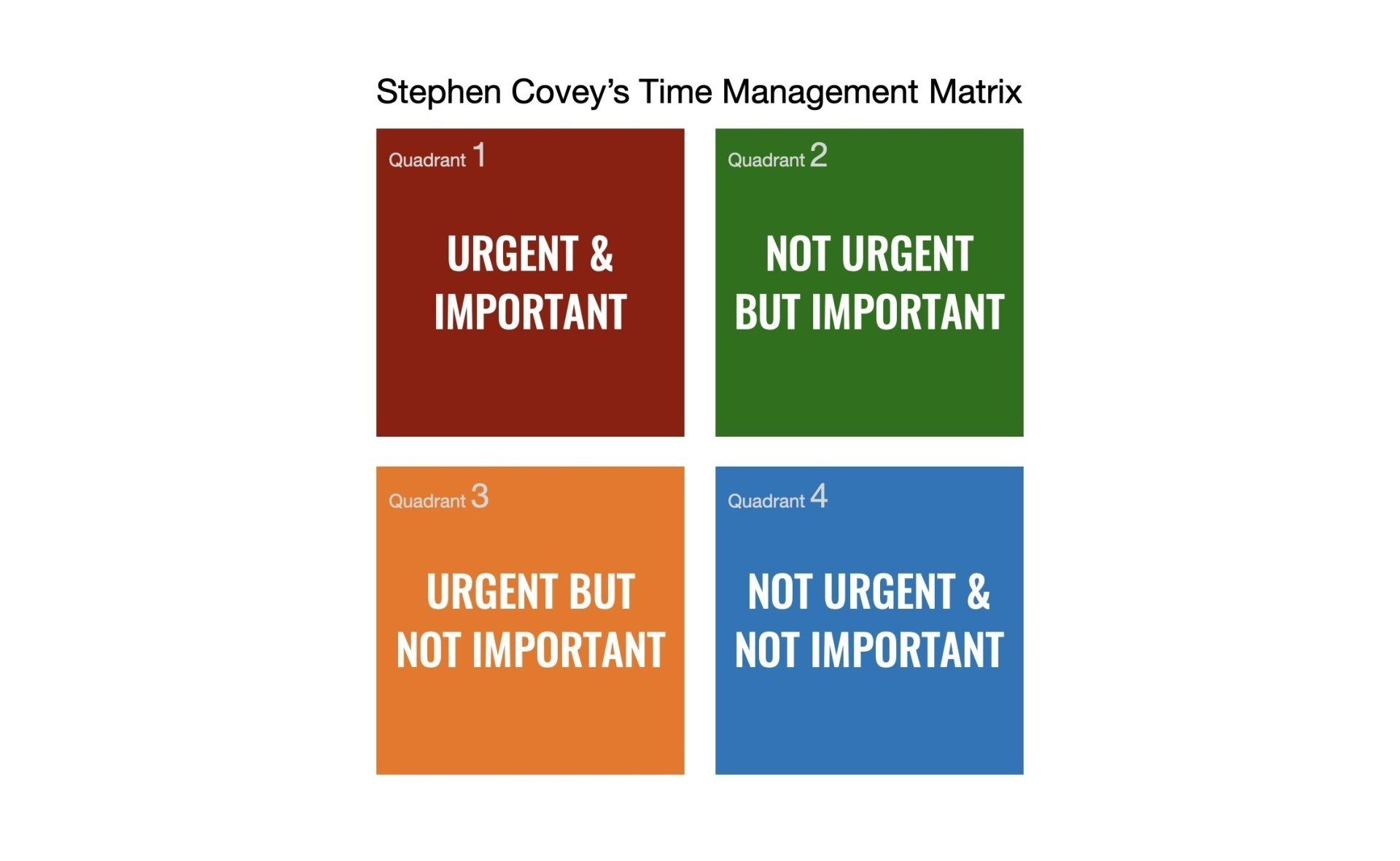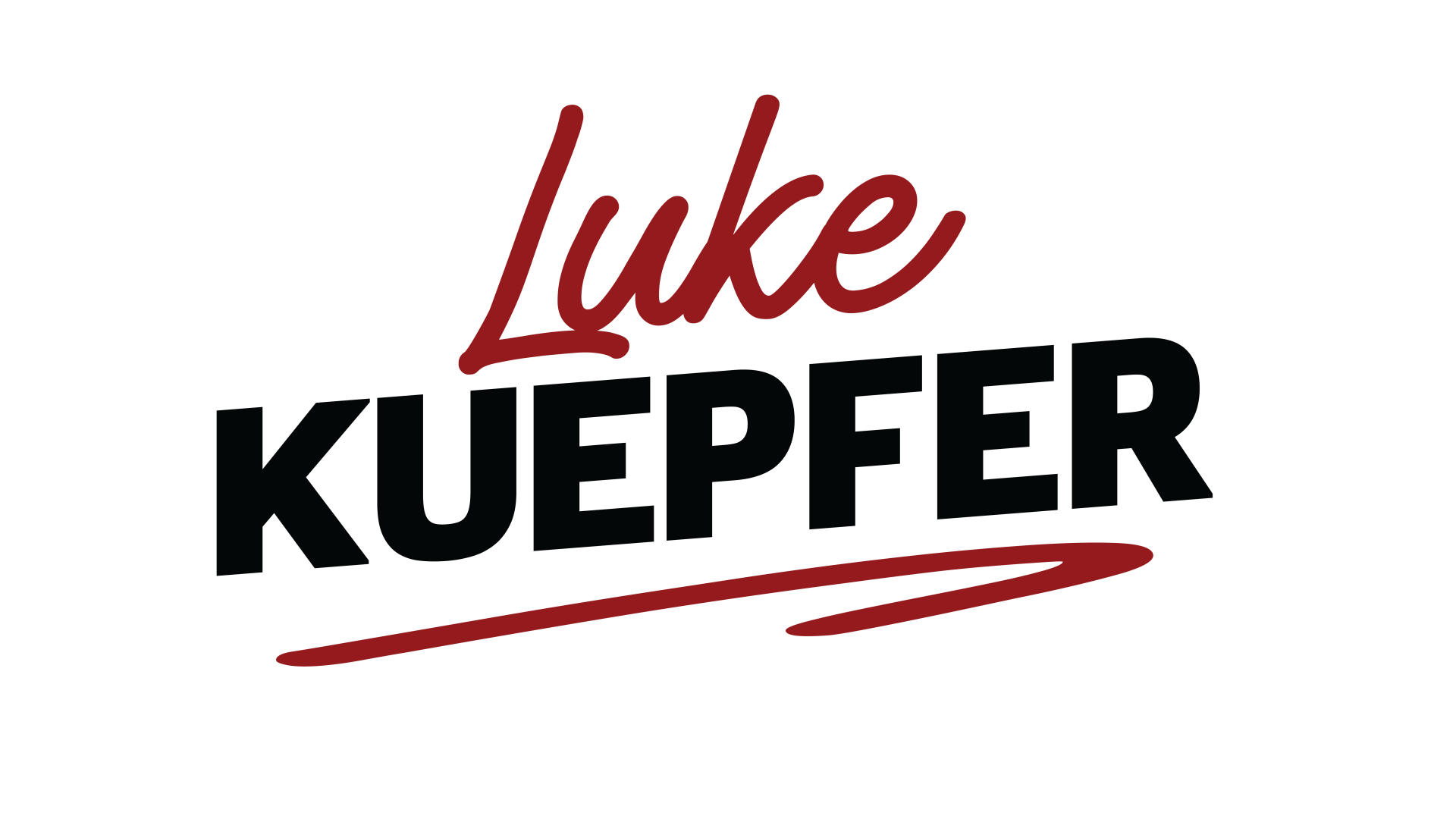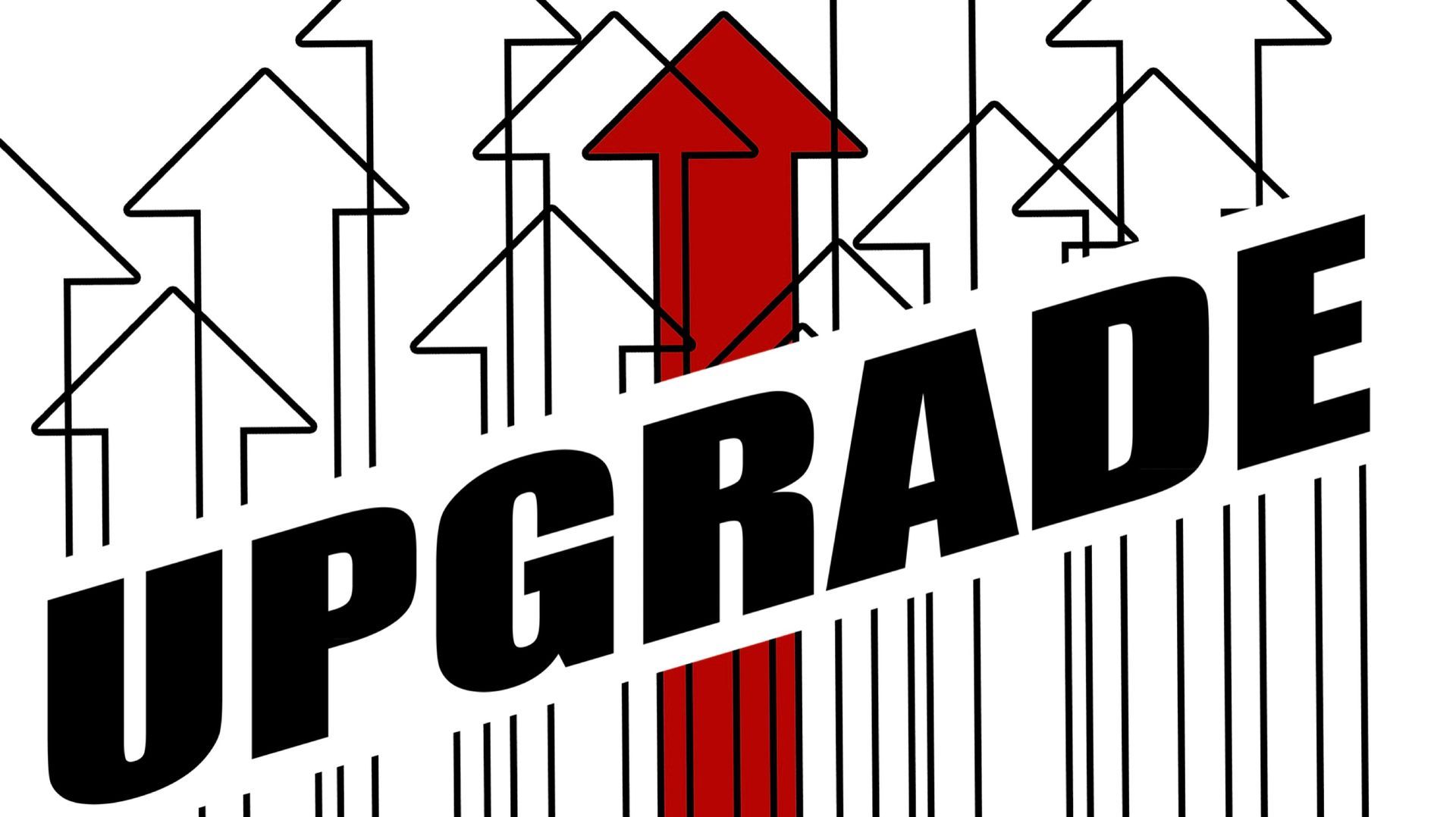Amateur or Professional, Part 14: Long-Term Focus
Based on an article published by Shane Parrish titled, "The Difference Between Amateurs and Professionals,” I'm reflecting on some of his key points with today's discussion on:
“Amateurs focus on the short term. Professionals focus on the long term."
Amateurs tend to act on the spur of the moment, making quick decisions in light of what's immediately before them. Professionals are patient, thinking about the long-term picture. Amateurs are concerned with pressing practical matters and making a profit in the moment. Professionals are visionary, setting long-range goals that achieve sustained profit over the long haul.
That is not to say that one must never think short-term. But if that is your primary lens, you will become vulnerable to the changes taking place in the larger context or environment you work in.
In Stephen Covey's Time Management Matrix (pictured below), Quadrant 1 is defined by crises and deadlines, Quadrant 2 by organizing and planning, Quadrant 3 by interruptions and messages, and Quadrant 4 by trivia and time wasters. Unfortunately, we spend way more time in Quadrants 3 and 4 than we'd like to admit, and way too little time in Quadrant 2. By focusing more on long-term thinking (Quadrant 2 activities) we can put out the "fires" in Quadrant 1, while also minimizing our time in this largely unnecessary quadrant.
Quadrant 2 activities include, though not limited to:
- Crisis prevention and contingency planning.
- Building relationships and people development.
- SWOT analysis (Evaluating an an organization's Strengths, Weaknesses, Opportunities, Threats)
- Rest, recreation, and solitude (intentional “thinking time”).
















